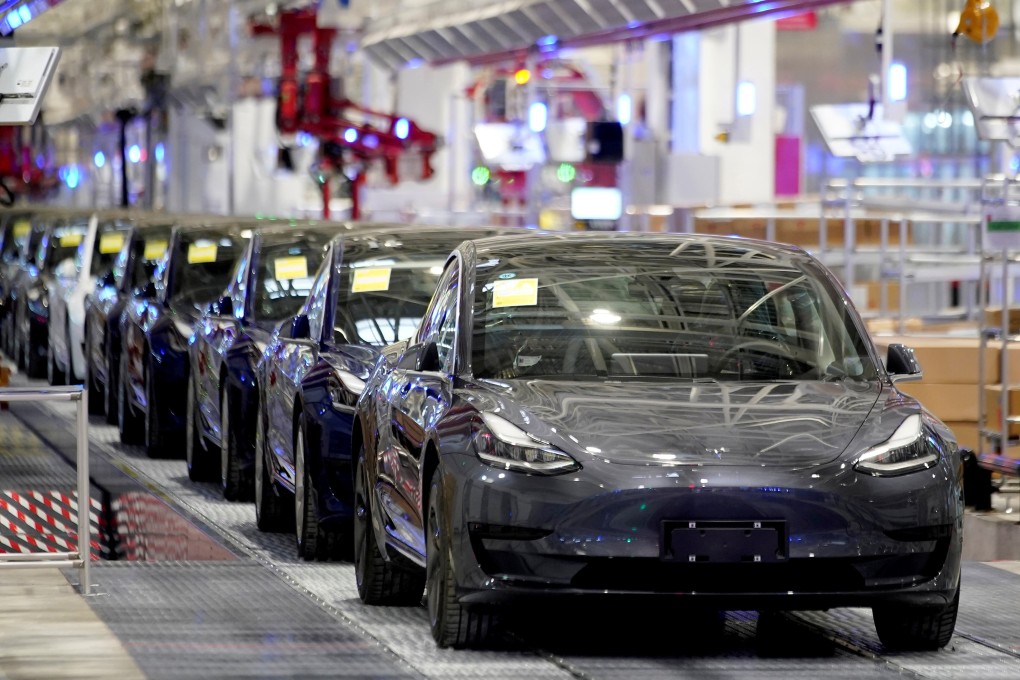How the coronavirus pandemic is driving electric vehicle sales up and carbon emissions down
- The pandemic has forced cuts in transport-linked emissions and, by one estimate, US commuters are saving US$750 million a day by not driving to work. Electric vehicles may finally be on the road to a significant market share

I like to think of myself as a global pioneer in the non-use of cars. Over my 35 years living in Hong Kong, I have militantly resisted the temptation to use a car, and occasionally it makes me feel a tad superior.
So the past six months of coronavirus lockdowns have provided new and valuable insights into the likely future of transport. On balance, the wave of climate science is likely to provide the foundations for less-energy-intensive transport, but there are some unexpected and rather unwelcome effects, too.
And, second, the social-distancing rules arising from the global pandemic have raised fears in many countries over the use of public transport, encouraging many to retreat to the comfort and safety of their own cars.

07:54
Six months after WHO declared Covid-19 a public health emergency, what more do we know now?
